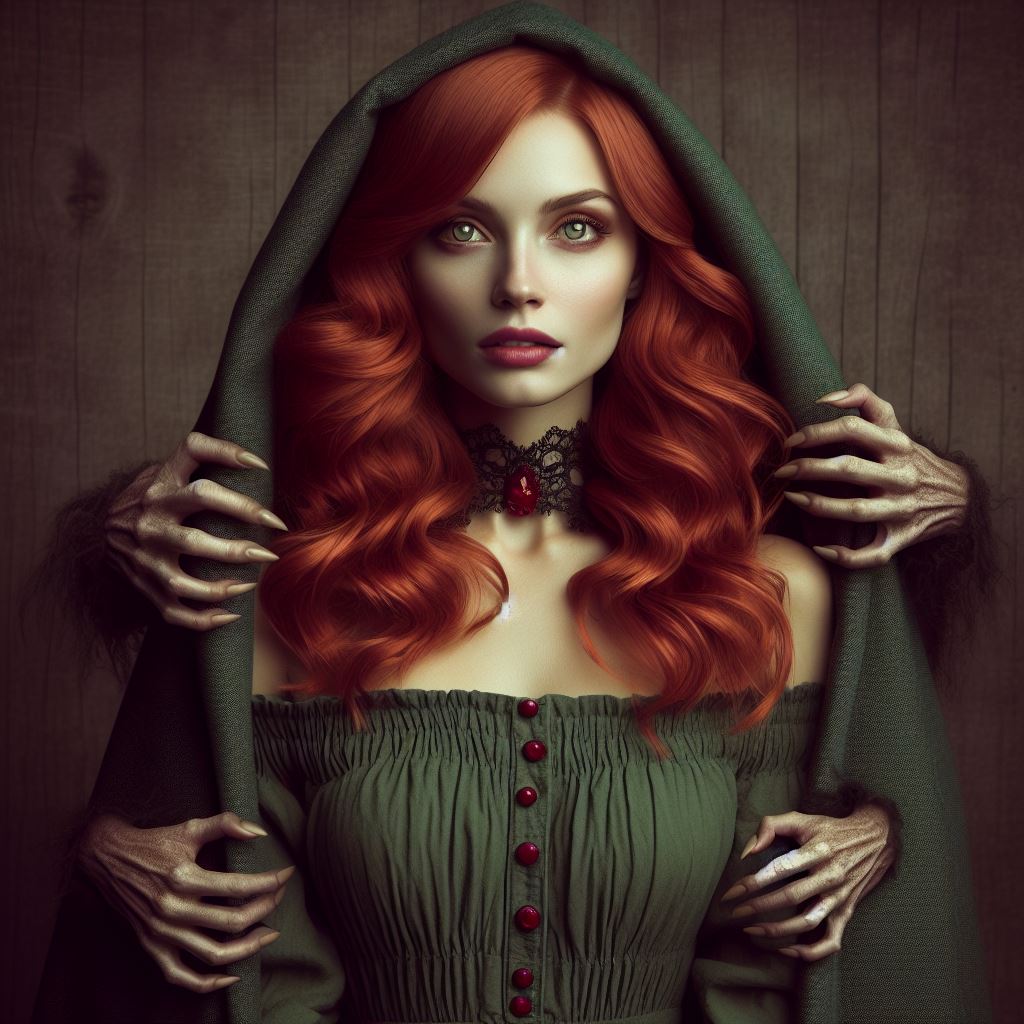Vampire books have a reputation—and for some, it’s not a flattering one. If the idea of blood-drinking immortals makes you uneasy, you might assume these stories are all horror and gore. But that’s a huge misconception. The world of vampire fiction is far more diverse, emotional, and thought-provoking than its darkest stereotypes suggest. Whether you're a first-time reader or simply curious, it’s worth taking a closer look at what vampire stories really offer—and why they continue to captivate readers of all kinds.
Not All Vampire Books Are Gruesome — And Here's Why You Might Love Them
Vampire books have captivated readers for generations, from Bram Stoker’s Dracula to modern hits like Twilight and The Vampire Chronicles. But if you’ve avoided them because you think they’re all about blood, gore, and horror, you’re not alone.
Many people hesitate to dive into vampire fiction out of fear that it’s too graphic, too dark, or simply not their thing. The truth? Vampire books are often less about fangs and more about identity, transformation, romance, power, and humanity’s deepest desires and fears.
Let’s explore the surprising benefits of reading vampire fiction, especially for readers who may be on the fence.
1. Vampire Books Explore Complex Themes
Beneath the supernatural surface, vampire stories often tackle deep, universal questions:
- What does it mean to be human?
- How do we face immortality, loneliness, or the fear of death?
- Where do we draw the line between desire and danger?
Many vampire novels are less about horror and more about introspection, philosophy, and emotional complexity. They can explore themes like addiction, moral ambiguity, forbidden love, and the weight of time while being wrapped in metaphor and mystery.
2. They're Not All Blood and Gore
Sure, some vampire novels lean into horror. But there’s a huge range of tones in the genre, including:
- Romantic vampire fiction (e.g., Twilight, A Discovery of Witches)
- Fantasy or paranormal adventure (House of Night, The Vampire Academy)
- Historical or gothic fiction (Interview with the Vampire, The Historian)
- Urban fantasy and mystery (Dead Until Dark)
Many of these focus more on relationships, intrigue, atmosphere, or drama than on violence. If gore isn’t your thing, there are plenty of titles with little to no graphic content.
3. They’re Perfect for Escapism
Vampire fiction often combines history, fantasy, and contemporary life in rich, imaginative worlds. Whether it’s a 400-year-old vampire living undercover in modern society or a gothic romance in a crumbling castle, these stories transport you into immersive settings where the ordinary meets the extraordinary.
For readers looking to escape the everyday and dive into something mysterious, atmospheric, and emotionally intense, vampire books deliver.
4. They Offer Empowering and Unconventional Characters
From powerful immortal heroines to morally gray anti-heroes, vampire books often feature characters that defy norms. These characters wrestle with power, control, isolation, and transformation in ways that resonate with anyone who has ever felt different or misunderstood.
For many readers, especially teens and young adults, these stories offer both representation and empowerment, without sugarcoating the darkness that sometimes comes with it.
5. They Can Be Surprisingly Romantic and Emotional
While not all vampire books are romances, many explore deep emotional bonds, complicated love stories, and the push-pull between danger and desire. These tales can be incredibly moving, with themes of eternal love, sacrifice, longing, and redemption.
And yes—sometimes there are steamy scenes, but often they’re balanced with rich backstories, emotional depth, and genuine connection.
6. They Challenge Conventional Morality and Make You Think
Vampire fiction doesn’t shy away from ethical dilemmas. Is it wrong to drink blood to survive? Is immortality a gift or a curse? Should monsters be judged by their nature or their choices?
These stories prompt readers to reflect on human nature, judgment, mortality, and the meaning of “good” and “evil.” And they do it in ways that are fun, entertaining, and hard to put down.
7. They Often Blend Genres for a Unique Reading Experience
Love mystery? Romance? Historical fiction? Fantasy? Science fiction?
Vampire books often mix genres, offering something for every kind of reader. This blending creates unique storytelling experiences that are hard to find elsewhere.
For example:
- The Southern Book Club’s Guide to Slaying Vampires mixes suburban drama with social commentary.
- Let the Right One In is part horror, part coming-of-age.
- The Coldest Girl in Coldtown combines dystopia, romance, and thriller elements.
Final Thoughts: Don’t Judge a Vampire Book by Its Fangs
If you’ve avoided vampire fiction because you thought it was all blood, guts, and horror, you might be missing out on some of the most emotionally rich, thought-provoking, and genre-bending stories in modern fiction. The best vampire books offer far more than a bite—they offer insight, excitement, escapism, and even a little seduction.
So go ahead—pick up that vampire novel. You might find that it speaks to your soul more than you expected.
Recommended Starter Vampire Books for Non-Gore Readers
- Twilight by Stephenie Meyer (YA romance, light and accessible)
- The Historian by Elizabeth Kostova (historical gothic, literary tone)
- Sunshine by Robin McKinley (fantasy with a vampire twist)
- Dead Until Dark by Charlaine Harris (light mystery, sassy tone)
- The Tiny Vampire from Outer Space That's Bitey by Stacey Carroll (part space adventure, part romance, all vampire family)
- The Blooddoll Factory by Stacey Carroll (part suspense, part smut, all vampire food factory)







